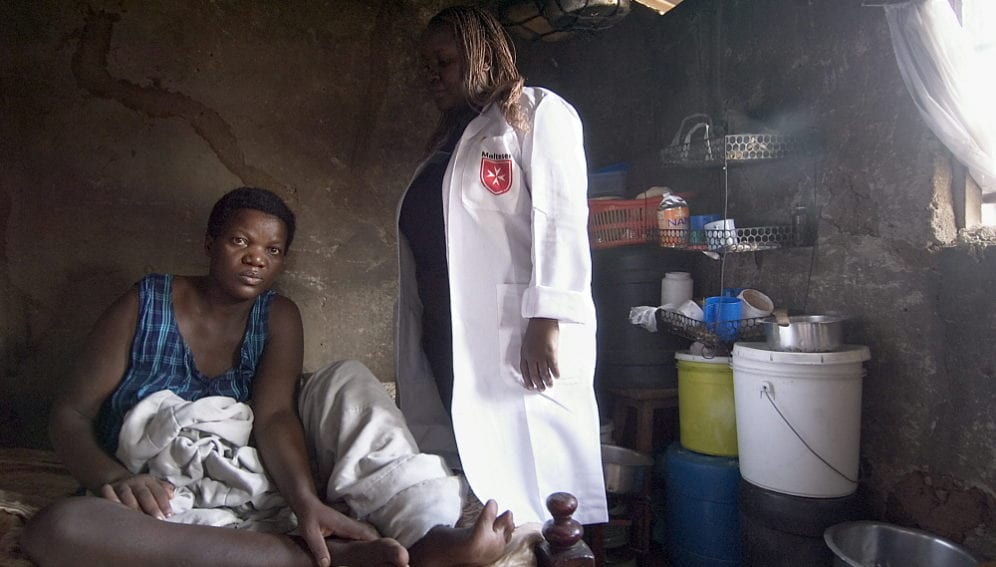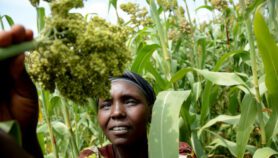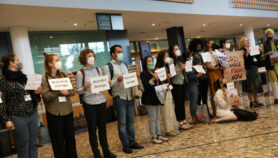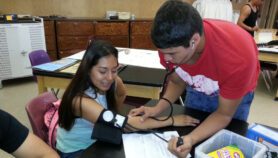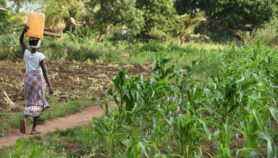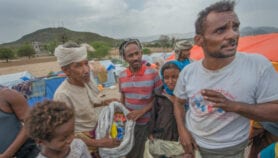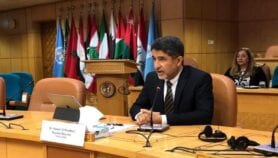By: Nick Kennedy
Send to a friend
The details you provide on this page will not be used to send unsolicited email, and will not be sold to a 3rd party. See privacy policy.
A new study has urged policymakers and aid organisations to be more aware of the different assumptions that underpin aid efforts aiming to build research capacity in developing nations.
The research, published by LiU-tryck Electronic Press from Linköping University, Sweden, looked at the annual reports of the Swedish Agency for Research Cooperation with Development Countries (SAREC) between 1973 and 2008 to analyse how they portrayed the relationship between research and development.
SAREC was a department of the Swedish International Development Cooperation Agency (SIDA) that was responsible for improving research capacity in low-income countries, but in 2008 SIDA was reorganised and SAREC disbanded.
The new research identified two main views in research funding for development: ‘localist’ and ‘universalist’.
“Inequality between partners in developed and developing nations is the biggest problem in research aid.”
Veronica Brodén Gyberg, Linköping University
The localist view is ‘anti-colonialist’ and considers the local, social and economic problems when determining the appropriate aid measures for each country. It focuses on strengthening local research capacity.
The universalist view is based on the idea that scientific knowledge is useful wherever it is produced. Economic growth is central in this view, and the interests of actors from high-income countries tend to dominate.
Research may be carried out in universities in the developed world and then applied to developing countries, says Veronica Brodén Gyberg, the author of the study and a researcher at Linköping University, Sweden.
“If we are not mindful of these assumptions the priorities of those who hold most of the resources are likely to dominate,” she says.
“Inequality between partners in developed and developing nations is the biggest problem in research aid.”
She says that all aid policies contain both of these views, as well as others, and that this diversity can be a good thing provided that tensions relating to priorities and inequalities are discussed.
SAREC was viewed internationally as a pioneering research funder which focused on building local research capacity in the developing world, says Gyberg. It had to satisfy both aid and research policies, the goals of which do not always coincide, she adds.
Berit Olsson, who was the director of SAREC between 1998 and 2008, says the organisation preached the localist approach, in that it supported the development of research in developing countries, alongside funding international research looking into issues of importance to development.
Olsson is pleased that the best way of supporting research development is being investigated.
“What problems arise when you want to support research development in countries that have very few resources? This is a very worthy discussion because it will lead to better support,” she adds.
She says that when she was director of SAREC she decided to fund research capacity in developing countries as much as possible, and allocate the rest of the money into international aid. Building research capacity is more difficult because it requires a lot more understanding of the local situation.
“I believe that if people [in developing countries] have developed analytical skills and have the tools to analyse, they will both be able to better access international research as well as define their research questions differently than those who are based in the north,” Olsson adds.


